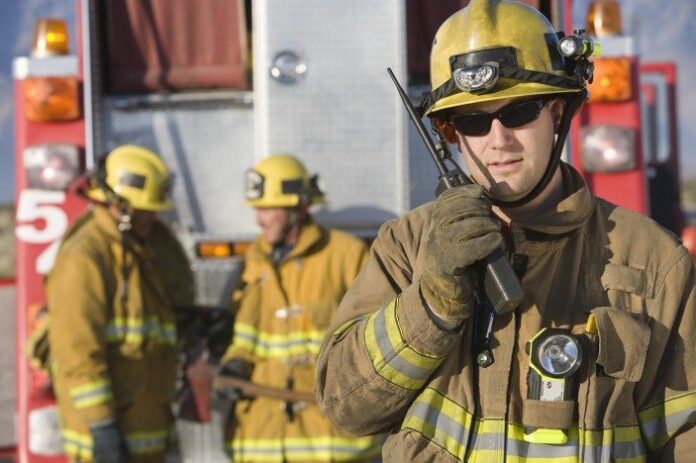A part of the Middle Class Tax Relief and Job Creation Act of 2012, the federal government created the First Responders Network Authority to address large-scale public safety network concerns.
When networks go down or get overloaded it can be a huge public safety concern. We have seen many cases in which 911 networks go out when a carrier’s network fails, leaving thousands without emergency communications.
One of the biggest issues facing large-scale FirstNet deployment is whether it should be left to the states or whether it should be a sweeping federal deployment. Recently the FirstNet board decided to only accept national deployment offers.
Wade Sarver, an industry veteran and creator of the Wade4Wireless blog has been keeping a close eye on the deployment. He has mixed feelings about who should be in charge of the large-scale rollout. “If the states were allowed to do it, you’d be all over the place. I do agree with that. It might not be a constant network and I see where the federal government’s coming from when they established FirstNet; however, I guarantee you there would have been two of three states that would have a system built by now.”
“I think the states would be further ahead … but then there would be some states that would have no interest and wouldn’t have done anything, at least until the federal government would pay for it,” he added.
He says other issues include a steep learning curve and getting everyone on the same page. Sarver said FirstNet made a mistake in not approaching the Competitive Carriers Association.
“The members of CCA, the rural carriers, they would have been great … they would have been a key partner, but I think by going nationwide, now you’ve got to rely on the Bechtels, the General Dynamics, the companies that can handle something that big,” he explained. “You’re relying on them and their processes to build something out.”
So, can the deployment happen without the help of a major carrier? Sarver thinks it would be wise to capitalize on the expertise and infrastructure of the U.S.’ two largest carriers. “If you have the money, anything can happen … it’s the federal government, if they want it to happen, I really believe it will happen, but I think it would happen more efficiently, smoother and probably better if AT&T or Verizon Wireless were to partner with them,” he said. “I don’t know if Sprint and T-Mobile will want to do that. I can’t wait to find out when they do the RFP to see what they’re gonna do.”
Weighing the pros and cons of getting a carrier involved, he said, on the pro side: “The sites are there, the experience is there, the know-how is there,” he said. “They would know how to do everything. They know how to partner with people in the rural areas. They would also have their set of contractors.”
On the downside, he said it might not be worth the liability for Verizon Communications or AT&T to take on the responsibility of the massive project. “Anytime there’s a problem or something goes bad, it’s the federal government. They’re going to say ‘well, we partnered with these guys.’”
Another big issue FirstNet must address is what their backhaul network will look like and who to partner with.
“I think what FirstNet is going to do … I think they’ll try to partner with the states,” Sarver said. “I know for a fact a lot of states already have their own fiber network, wireless network. They have a lot of things in place and it would be silly to reinvent the wheel. They should just use what they have … so the states would pay for airtime for the devices and then FirstNet would pay for the backhaul charges to the states … to me that would be a win-win.”
He does believe that some new backhaul networks will have to be built and that it will be expensive. He doesn’t think the $7 billion the federal government allocated for the FirstNet buildout will be enough if a lot of new infrastructure has to be built. “I think to build all new backhaul with vendors, which I think they’ll have to do, it will be so much money. That $7 billion will get sucked up pretty quick. I think the fiber network will be a mix of fiber, wireless and copper and even some cable modems. I think they’ll just have to figure out who they’re going to partner with.”
So when will we see a large-scale rollout of FirstNet?
“Here’s how I see the time line. The RFP will take three to six months. It will take three months to really absorb it and possibly do the bidding and everything and then there will be issues after that. So now we’re into 2016. We’re at the start of third-quarter 2016. I think what FirstNet is going to have to do is vet whoever wins. They’re going to have to go through and say ‘can you do this?’… and then you have three more months of putting a plan together and then possibly by the end of the year they’ll have a plan and they’ll be ready to actually start working with vendors. So I will say it will ramp up in 2017 … I would say it will hit full force in third quarter 2017 … all the way through 2020 they’ll be deploying.”

